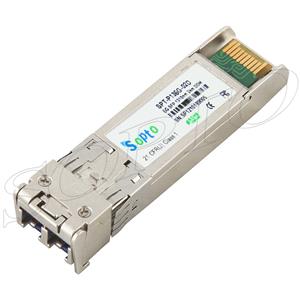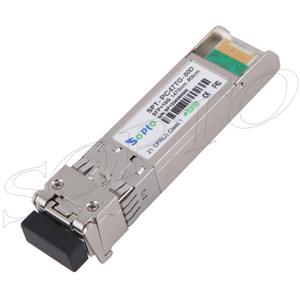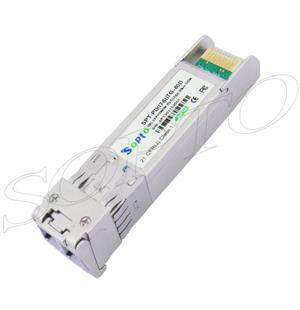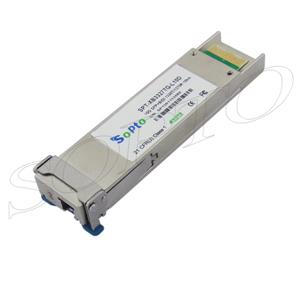-

- Sopto Home
-

- Special Topic
-

- Patch Cord Knowledge
-

- Fiber Optic Patch Cord Introduction
Patch Cord Knowledge
- Fiber Optic Connector Ferrule Design
- Fiber Optic Connector Design
- E2000 to ST Fiber Patch Cable Overview
- Acceptable and Unacceptable Fiber Connector End-Face Finishes
- Using Wipes and Cleaning Cassettes to Clean Fiber Patch Cords
- Not-Too-Tight Mating of Fiber Optic Connectors
- Matching Gel and Oils Contamination about Fiber Optic Connectors
- The Effect of Improper Use of Fiber Optic Connectors
- Why Fiber Optic Connectors are Fragile?
SOPTO Special Topic
Certificate



Guarantee
Except products belongs to Bargain Shop section, all products are warranted by SOPTO only to purchasers for resale or for use in business or original equipment manufacturer, against defects in workmanship or materials under normal use (consumables, normal tear and wear excluded) for one year after date of purchase from SOPTO, unless otherwise stated...
Return Policies
Defective products will be accepted for exchange, at our discretion, within 14 days from receipt. Buyer might be requested to return the defective products to SOPTO for verification or authorized service location, as SOPTO designated, shipping costs prepaid. .....
Applications
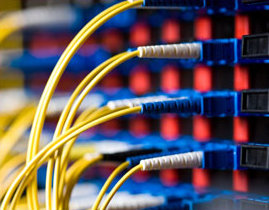 Fiber Patch Cords have a widely application. Where the need for the optical fiber connection, where you need fiber optic patch cords.
Fiber Patch Cords have a widely application. Where the need for the optical fiber connection, where you need fiber optic patch cords.
Testing Equipment
FTTX+ LAN
Optical Fiber CATV
Optical Communication System
Telecommunication
SOPTO Products
- Fiber Optic Transceiver Module
- High Speed Cable
- Fiber Optical Cable
- Fiber Optical Patch Cords
- Splitter CWDM DWDM
- PON Solution
- FTTH Box ODF Closure
- PCI-E Network Card
- Network Cables
- Fiber Optical Adapter
- Fiber Optical Attenuator
- Fiber Media Converter
- PDH Multiplexers
- Protocol Converter
- Digital Video Multiplexer
- Fiber Optical Tools
- Compatible
Related Products
Performance Feature
Good Water-proof
Low insertion loss;
low reflection loss;
Stability, good repeatability;
High-precision ceramic ferrule;
Compatible with NTT standard;
Precision Grinding and fully testing;
Compliance with international standards
Patch Cord Knowledge
Recommended
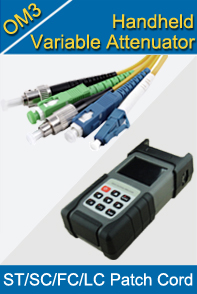
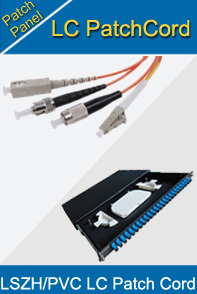
What is Fiber Optic Patch Cord
A fiber-optic patch cord is a cable that connects devices to allow information to pass between them. Patch cords are a common way of setting up wired connections between devices, such as connecting a television to a digital cable box using coaxial cable. These cords are used for any type of signal transference, such as in a television, radio or computer network. A fiber-optic cord is a special kind of cable that uses light to transfer signals at extremely high speeds with very little degradation. As a result of these properties, a fiber-optic patch cord is typically a reliable way to transfer information.
Most modern homes are full of patch cords, as they connect stereo components, televisions, video game consoles and computers to one another. The ‘cable’ for cable television is a specialized type of patch cord that goes from the cable company’s box to the inside of a home. Network cable between a modem and a router, coaxial connections between a television and a digital video disk player and even the cable that connects an music player to a computer are all patch cords.
These cords come in a lot of different shapes, sizes and lengths. They have specialized connectors that allow a single cord to do a single job. Even though the ends look so different, there are really only a handful of different types of cords used as patch cables.
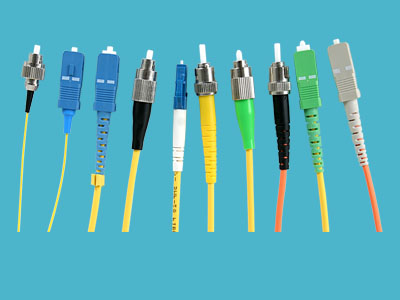
In between the varied ends, coaxial cable is the most common type of connection found in entertainment systems, and Ethernet cable is common in networked devices. Single-wire cords are less common, but are used in some kinds of scientific and audio equipment. Lastly, fiber-optic patch cord can actually do everything the others can do faster and with less signal loss, but it is more expensive and has some problems not found in other materials.
Fiber-optic cords use a plastic or glass core, surrounded by reflective material and protective cladding, to send pulses of light. These cables transfer information at very high speeds, since they use actual light rather than electrical pulses to move the information. In addition, light is not disrupted by electromagnetic noise the way electrical pulses are, allowing the signal to stay nearly pure.
Since fiber-optic patch cord is often considered superior to other types in speed and clarity, it seems like it would be everywhere, but it does have some problems. The design of a fiber-optic patch cord is very specific. Small variations or problems in manufacture that traditional cables wouldn’t even notice will totally stop transmission. A fiber-optic patch cord may also end up cracked when it is bent at a sharp angle; this will also stop any transmission. After a fiber-optic cord is made, it is also very hard to change its length, as opposed to electrical cables which can be connected or cut very easily.
Related Knowledge:
- Patch Cable General Management
- Patch Cord Management Appendix A
- Patch Cord Management Appendix B
- Notes of using Fiber Optic Patch Cords
- Review these reminders and warnings before you inspect and clean your fiber-optic connections
Guess Products You May Like:




